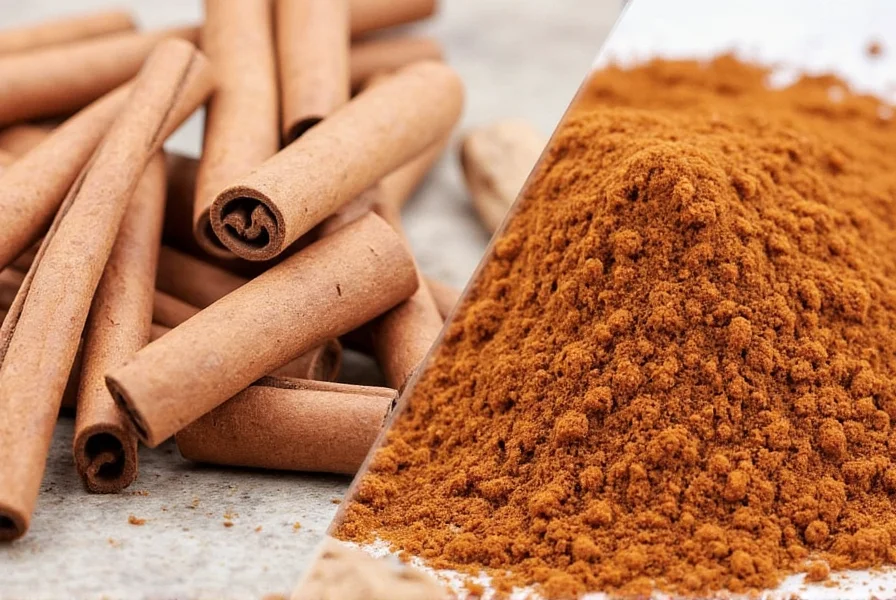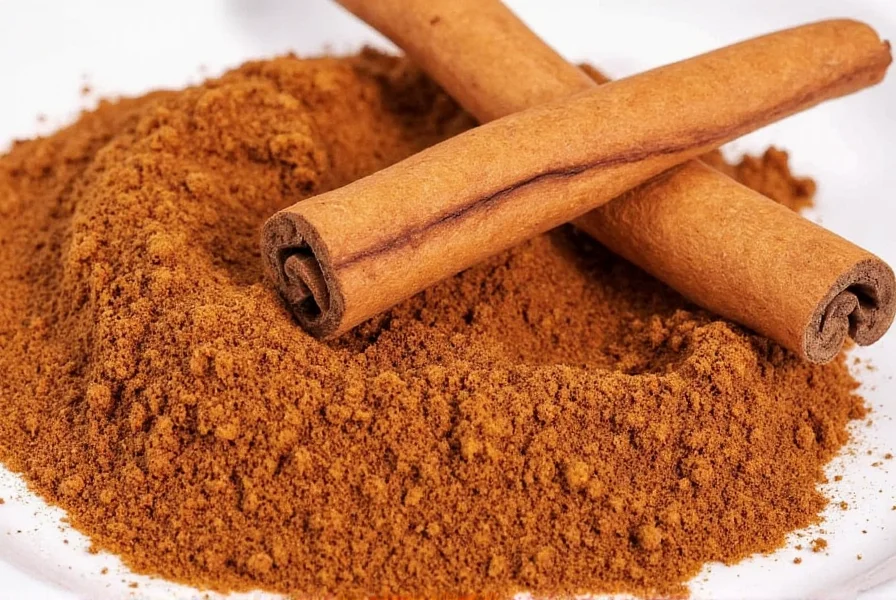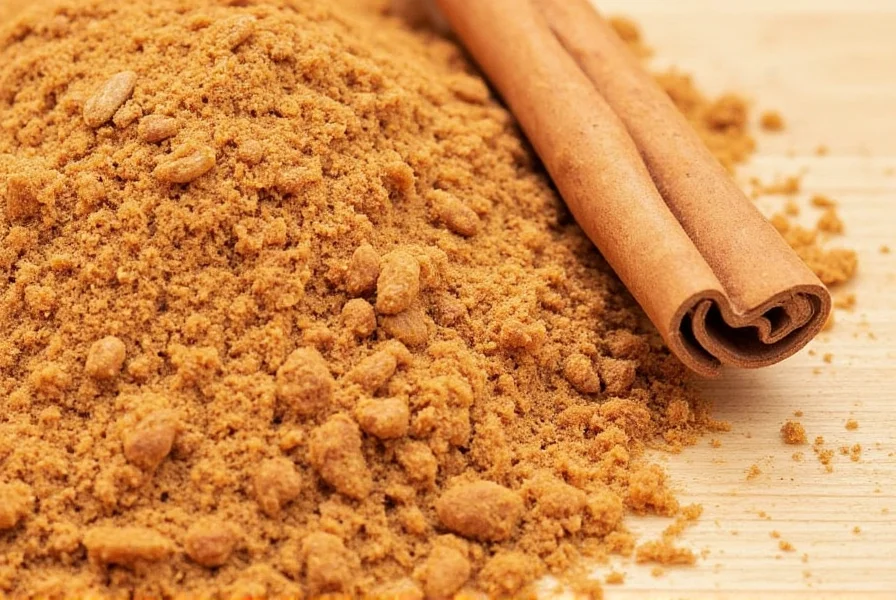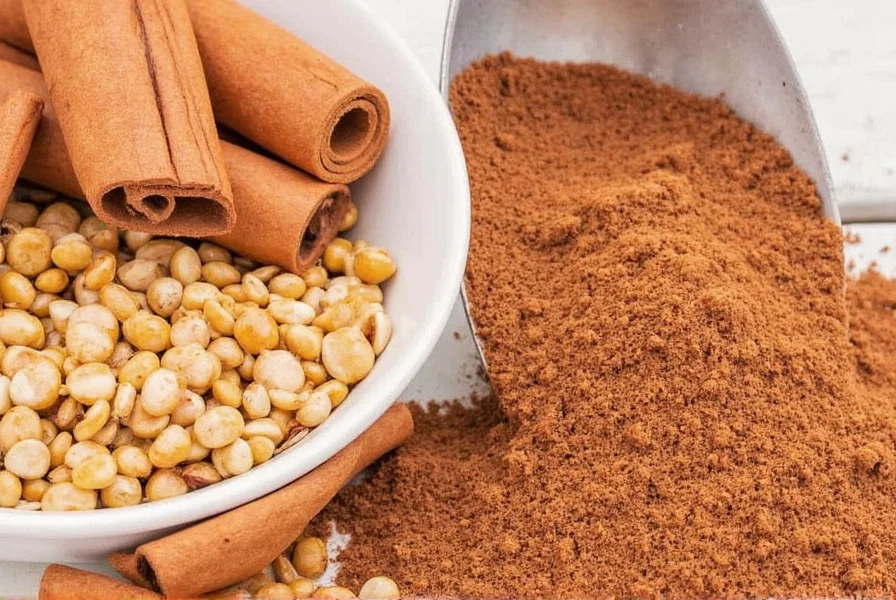The main difference between Saigon and Ceylon cinnamon is that Saigon has a stronger, more intense flavor with higher coumarin content, while Ceylon has a milder, more complex flavor with significantly lower coumarin levels, making it safer for regular consumption. Understanding these differences is crucial for both culinary applications and health considerations.
When comparing Saigon vs Ceylon cinnamon, the choice ultimately depends on your specific needs: Saigon delivers bold flavor intensity perfect for robust recipes, while Ceylon offers delicate complexity ideal for subtle dishes and daily use. Let's explore the definitive characteristics that distinguish these two popular cinnamon varieties.
Understanding Cinnamon Varieties
Cinnamon comes from the inner bark of trees from the genus Cinnamomum, with Saigon and Ceylon representing two distinct species that offer significantly different culinary and health profiles. While often labeled simply as "cinnamon" in stores, these varieties have unique characteristics that affect flavor, safety, and best usage scenarios.

Saigon Cinnamon Characteristics
Saigon cinnamon, botanically classified as Cinnamomum loureiroi, originates primarily from Vietnam and represents a premium variety of cassia cinnamon. This variety contains the highest concentration of cinnamaldehyde among cinnamon types, contributing to its pronounced flavor and aroma.
Key Features:
- Flavor intensity – Robust, sweet with noticeable peppery notes
- Coumarin content – Approximately 6-12% (significantly higher than Ceylon)
- Physical appearance – Thick, single-layer quills with rough texture
- Color – Dark reddish-brown
Ideal Culinary Applications:
- Recipes requiring strong spice presence (cinnamon rolls, spiced cakes)
- Hot beverages where flavor must cut through other ingredients
- Savory dishes like Moroccan tagines and certain meat preparations

Ceylon Cinnamon Characteristics
Ceylon cinnamon (Cinnamomum verum), often called "true cinnamon," originates from Sri Lanka and contains multiple delicate layers in its quills. With coumarin levels approximately 250 times lower than Saigon cinnamon, it's the preferred choice for regular consumption.
Key Features:
- Flavor profile – Subtle, citrusy notes with floral undertones
- Coumarin content – Approximately 0.004% (considered safe for daily use)
- Physical appearance – Multiple thin layers forming delicate scrolls
- Color – Light tan to pale brown
Ideal Culinary Applications:
- Delicate desserts where subtle spice is preferred
- Milk-based recipes that can become bitter with strong spices
- Daily consumption in coffee, smoothies, or oatmeal
- Infusions requiring gentle flavor extraction

Side-by-Side Comparison
The following comparison highlights the most critical differences between these two cinnamon varieties:
| Characteristic | Saigon Cinnamon | Ceylon Cinnamon |
|---|---|---|
| Botanical Name | Cinnamomum loureiroi | Cinnamomum verum |
| Primary Origin | Vietnam | Sri Lanka |
| Flavor Intensity | Strong, bold, 3-4 times more intense | Mild, complex, nuanced |
| Coumarin Content | 6,000-12,000 ppm (high) | 40-80 ppm (very low) |
| Quill Structure | Thick, single-layer, rough | Thin, multi-layered, delicate |
| Price Comparison | $10-15 per pound | $20-30 per pound |
| Recommended Usage | Occasional use in bold recipes | Daily consumption safe |
Health Implications
The coumarin difference between these varieties has significant health implications. According to European Food Safety Authority guidelines, the acceptable daily intake of coumarin is 0.1 mg per kilogram of body weight. Just one teaspoon of Saigon cinnamon may contain 5-12 mg of coumarin, potentially exceeding safe limits with regular consumption.
Ceylon cinnamon's minimal coumarin content makes it the only variety recommended for:
- Daily use in beverages or breakfast foods
- Children's recipes
- Individuals with liver conditions
- Long-term dietary incorporation
Practical Buying Guide
When purchasing cinnamon, follow these evidence-based recommendations:
Verification Techniques
- Visual inspection – Ceylon forms tight, multi-layered scrolls while Saigon appears as thick, single rolls
- Label reading – Look for "Ceylon" or "True Cinnamon"; "Cassia" indicates Saigon or similar varieties
- Texture test – Ceylon crumbles easily when bent; Saigon is much more rigid
Recommended Products

Organic Saigon Cinnamon Sticks
Ideal for occasional use in bold recipes requiring intense cinnamon flavor. Excellent for infusing into syrups or robust savory dishes.
- Best applications: Chai tea, spiced chocolate, hearty stews
- Usage tip: Use 1/2 to 2/3 the amount compared to Ceylon

Ceylon Cinnamon Powder – Fine Ground
Perfect for daily consumption with minimal coumarin content. Ideal for baking, beverages, and delicate recipes requiring subtle spice.
- Best applications: Custards, oatmeal, smoothies, milk-based desserts
- Usage tip: Can be substituted 1:1 for regular cinnamon in most recipes
Frequently Asked Questions
- Q: Is Saigon cinnamon the same as cassia?
A: Yes, Saigon is a premium variety of cassia (Cinnamomum loureiroi). All Saigon cinnamon is cassia, but not all cassia is Saigon (which has higher oil content). - Q: Which cinnamon is healthier for daily consumption?
A: Ceylon is significantly safer for regular use due to its minimal coumarin content (approximately 250 times less than Saigon). - Q: How much Saigon cinnamon is too much?
A: Consuming more than 1 teaspoon daily may exceed safe coumarin limits for adults. For children, even 1/2 teaspoon could be problematic. - Why is Ceylon called "true cinnamon"?
A: Ceylon comes from Cinnamomum verum ("true cinnamon" in Latin), the species historically recognized as "cinnamon" in European markets. - How can I visually tell them apart?
A: Saigon has thick, rough, single-layer quills with dark reddish-brown color. Ceylon forms thin, multi-layered scrolls with light tan hue. - Does coumarin affect flavor?
A: No—coumarin is unrelated to flavor. Saigon's stronger taste comes from higher cinnamaldehyde content (5-10% vs Ceylon's 1-3%).
Making Your Choice
Selecting between Saigon and Ceylon cinnamon depends on your specific needs:
- Choose Saigon cinnamon when: You need bold flavor for occasional special recipes, creating spiced beverages, or making robust savory dishes
- Choose Ceylon cinnamon when: You plan regular consumption, making delicate desserts, preparing children's food, or have health concerns about coumarin
Professional chefs often keep both varieties in their pantries, using Saigon for its intense punch in specific applications and Ceylon for everyday cooking and baking. Understanding these differences ensures you'll make the optimal choice for both flavor and health considerations in any culinary application.










 浙公网安备
33010002000092号
浙公网安备
33010002000092号 浙B2-20120091-4
浙B2-20120091-4